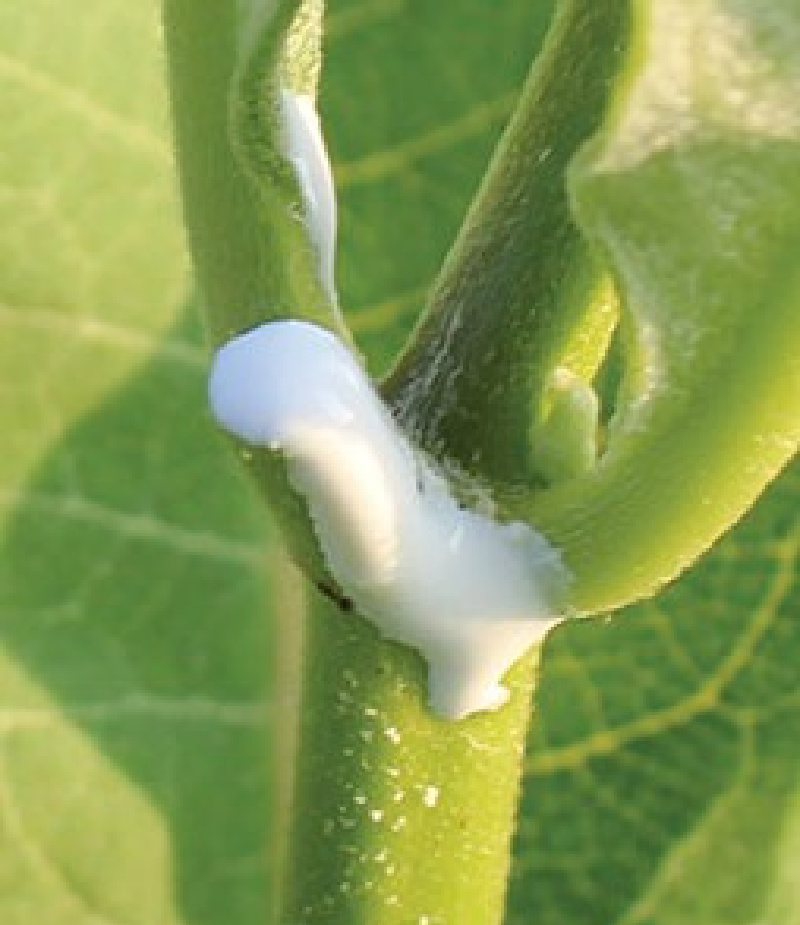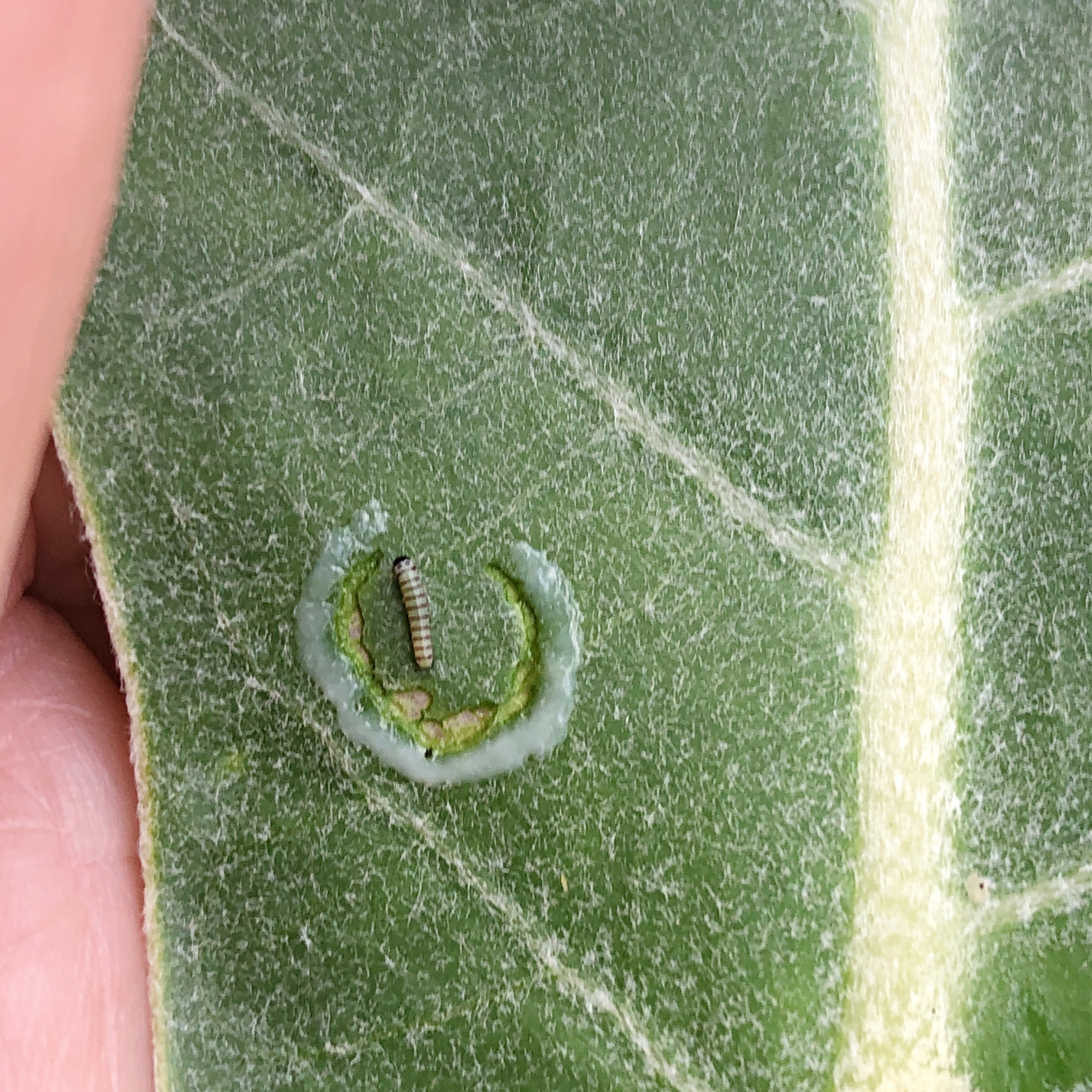I am reading a fascinating book by Anurag Agrawal, an American professor at Cornell University of ecology, evolutionary biology, and entomology, called Monarchs and Milkweed: A Migrating Butterfly, a Poisonous Plant, and Their Remarkable Story of Coevolution. In it he describes the unique relationship between monarchs and milkweeds.

Monarchs need milkweed to survive since it is the only plant they use to feed their young. Without milkweed, there would be no monarchs. Fortunately, in North America alone, there are 100 different species of milkweed on which female monarchs seek to lay their eggs.

Milkweeds get their common name from the milky color of its sap. The sap contains toxins, called cardenolides, which the monarch has adapted to be able to ingest. These toxins serve to protect both the plants and the monarchs from predators. Milkweed provides protection for the monarch larvae as well as the adult butterflies. But the milkweed plants can also be toxic to the caterpillars so they have developed strategies to benefit from the alkaloids in the latex sap to prevent from being killed by those same toxins.

The newly hatched tiny caterpillar must face the challenge of the milkweed latex as it begins its first meal. A first instar caterpillar is so tiny this sticky substance can easily immobilize it if it isn’t careful. Typically the newbie caterpillars chew a small circle and then are able to eat the center portion. This behavior is called “trenching.” By doing so, the caterpillar effectively drains the latex from that small area of the leaf, and makes itself a safe meal. The method isn’t foolproof, however, and a good number of early instar monarchs become mired in latex and die. According to some research, as many as 30% of first instar caterpillars do not survive. (Source : It’s the first bites that count: Survival of first-instar monarchs on milkweeds by Myron P. Zalucki.)

Fourth and fifth instar caterpillars larvae deactivate latex before eating leaves by chewing a shallow notch in the petiole (the stalk which attaches the leaf blade to the stem) of the leaf they are eating, which causes the leaf to fall into a vertical position. After the leaf hangs down, the caterpillar will flip around to eat the leaf.

Monarch larvae consume so much milkweed they increase their body mass by as much as 2,000 times or more during the larval stage.

To help monarch butterflies to survive and to thrive we need to plant more milkweed. You can never have enough milkweed when you are feeding hungry monarch caterpillars!

